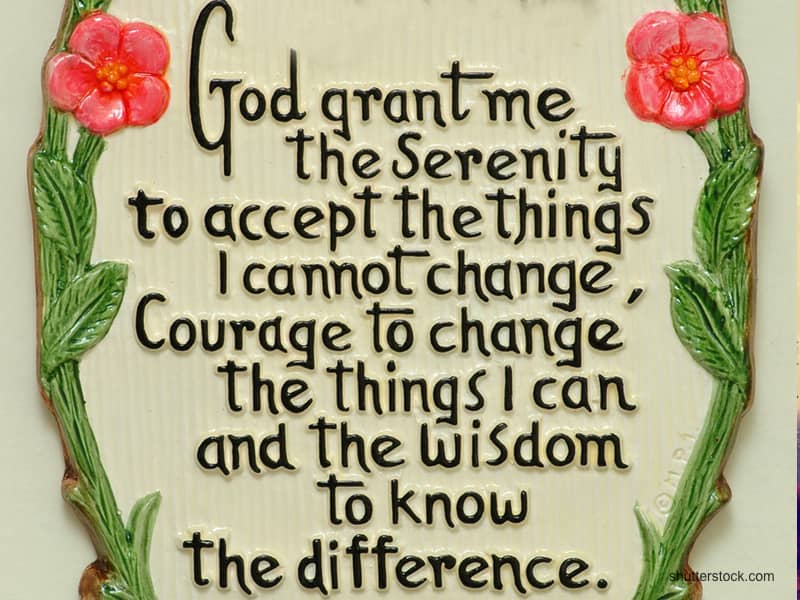How did Halloween get to be such a big deal?
Take one ancient Druid festival,
Wrap in fresh Christian covering,
Spice with centuries of folkways,
Top with essence of free enterprise.
And there you have it, the recipe for a pagan holiday made for America. It combines spookiness, earthy fun, otherworldliness, creativity, and cold hard cash. It vaguely smacks of religion but identifies none in particular, appealing therefore to nearly everyone while offending almost no one (the notable exception being some conservative Christians who consider it Satan worship). In short, it's everything you need for success with a pluralistic, religiously minded people dedicated to the profit motive.
It all started as Samhain, October 31, when the Celts marked the beginning of the new year under the direction of their priests, the Druids. The Celts, ancestors of the Scots, the Irish, and the Welsh, had celebrated the day as far back as 2,000 years ago. On that day, it was believed, all sorts of supernatural things happened. Probably the most significant was that the wall that normally divided the living from the dead supposedly became very porous. Ghosts strolled the villages, which could lead to some risky encounters. (But, so far as we know, the Druids didn't indulge in devil worship.)
For early Christians, November 1 was All Saints Day. When the Celts were converted, October 31 therefore became All Hallows Eve, the day before the Mass for all the saints. The idea was to co-opt Samhain without actually erasing it from the calendar.
Nothing wrong with trying. But the day kept much of its pagan identity and, over the centuries, took on a few extra wrinkles, like spooky costumes and jack-o'-lanterns and trick-or-treat. Vandalism and mischief were the American contribution to the revelry during the late 19th and early 20th centuries.
This grab bag of customs and beliefs has now become a major moneymaker in the U.S. in recent decades. It is--speculation mine--a classic marriage of a mostly unconscious drive and an economic incentive.
The unconscious drive, it seems to me, is the unspoken obsession with death that, so to speak, comes back to haunt us. Repression has its fruits. Halloween may be a relatively safe means of exploring something that many wise observers believe we shun--our own mortality. Halloween playfully allows Americans to flirt and play with the forbidden. It's as close as many of us want to get to death, and it comes packaged as a form of entertainment rather than an encounter with reality. We may sense something real there but laugh it away or permit ourselves to creep to the edge of actual fear by listening to a ghost story.
The capitalist system knows a good thing when it sees it. With all this subliminal stuff popping through our thin layer of rationality, if the tools of acceptable supernaturalism are built, the throngs will come. If the denial of death is as common as the observers say, it is little wonder that the upsurge of Halloween paraphernalia has been sensational.
At this moment, then, the spooky legacy of the Druids appears to have outlasted the efforts of the church to absorb it. In terms of observance, Halloween eclipses All Saints Day by a country mile, even though Pope John Paul II has doubled the number of saints during his papacy. Score one for the pagans.

